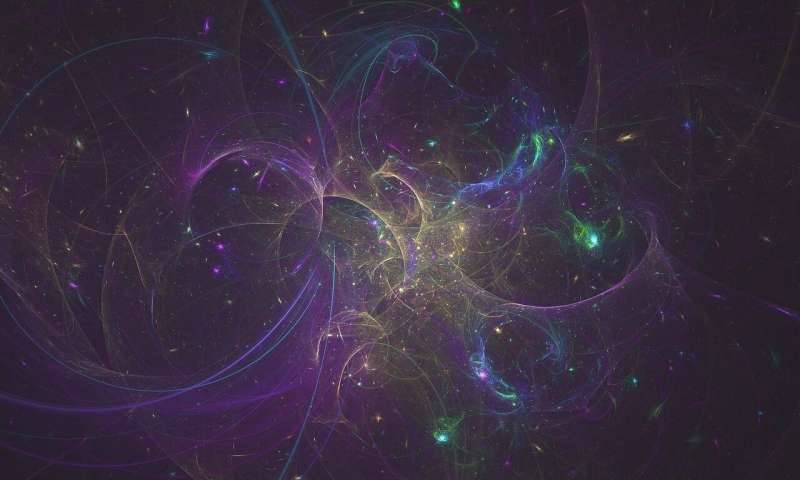Tracking the progress of fusion power through 60 years of neutral particle analysis

As the world's energy demands grow, so too does growing concern over the environmental impact of power production. The need for a safe, clean, and reliable energy source has never been clearer. Fusion power could fulfil such a need. A review paper published in The European Physical Journal H examines the 6-decade history of neutral particle analysis (NPA), developed in Ioffe Institute, Saint Petersburg, Russia, a vital diagnostic tool used in magnetic plasma confinement devices such as tokamaks that will house the nuclear fusion process and generate the clean energy of the future.
As the review's corresponding author Dr. Pavel Goncharov, laboratory head at the Advanced Plasma Research Laboratory, Saint Petersburg Polytechnic University, Russia, explains, fusion power requires bringing processes that occur within the cores of stars down to earth. "Plasma is the dominant state of the visible matter in the present Universe and nuclear fusion powers the stars," says the physicist. "The ability to burn deuterium formed at the beginning of the Universe and generate energy represents a new height for mankind."
The key to this is creating and constraining plasma with powerful magnetic fields. But, understanding the fusion processes with plasma and how this is best harnessed also requires powerful diagnostic techniques, and NPA is such a method.
The concept of NPA originates in the 1951 work of Andrei D. Sakharov, a Nobel Peace Prize laureate who realised that within a plasma fast-moving hydrogen ions would collide with slow-moving neutral hydrogen atoms transferring their charge. Thus, measuring the flux of these fast neutral atoms as they are ejected from the plasma is a good way of diagnosing its ion distributions.
The birth and history of NPA is not only closely related to the history of controlled fusion physics but will play a key role in its future. The technique will be one of the key diagnostic methods employed by ITER—currently the world's largest fusion experiment, which hopes to bridge the gap between smaller scale experiments and a functioning nuclear fusion power plant.
"Three factors played a role in our interest in fusion science," remark the authors. "First, it involves multiple branches of fundamental science. Second, this field is of great practical importance. Third, a new clean and abundant energy source is the basis for a better future for mankind. This is an impressive combination."
More information: M. P. Petrov et al, 60 Years of neutral particle analysis: from early tokamaks to ITER, The European Physical Journal H (2021). DOI: 10.1140/epjh/s13129-021-00009-6
Provided by Springer





















